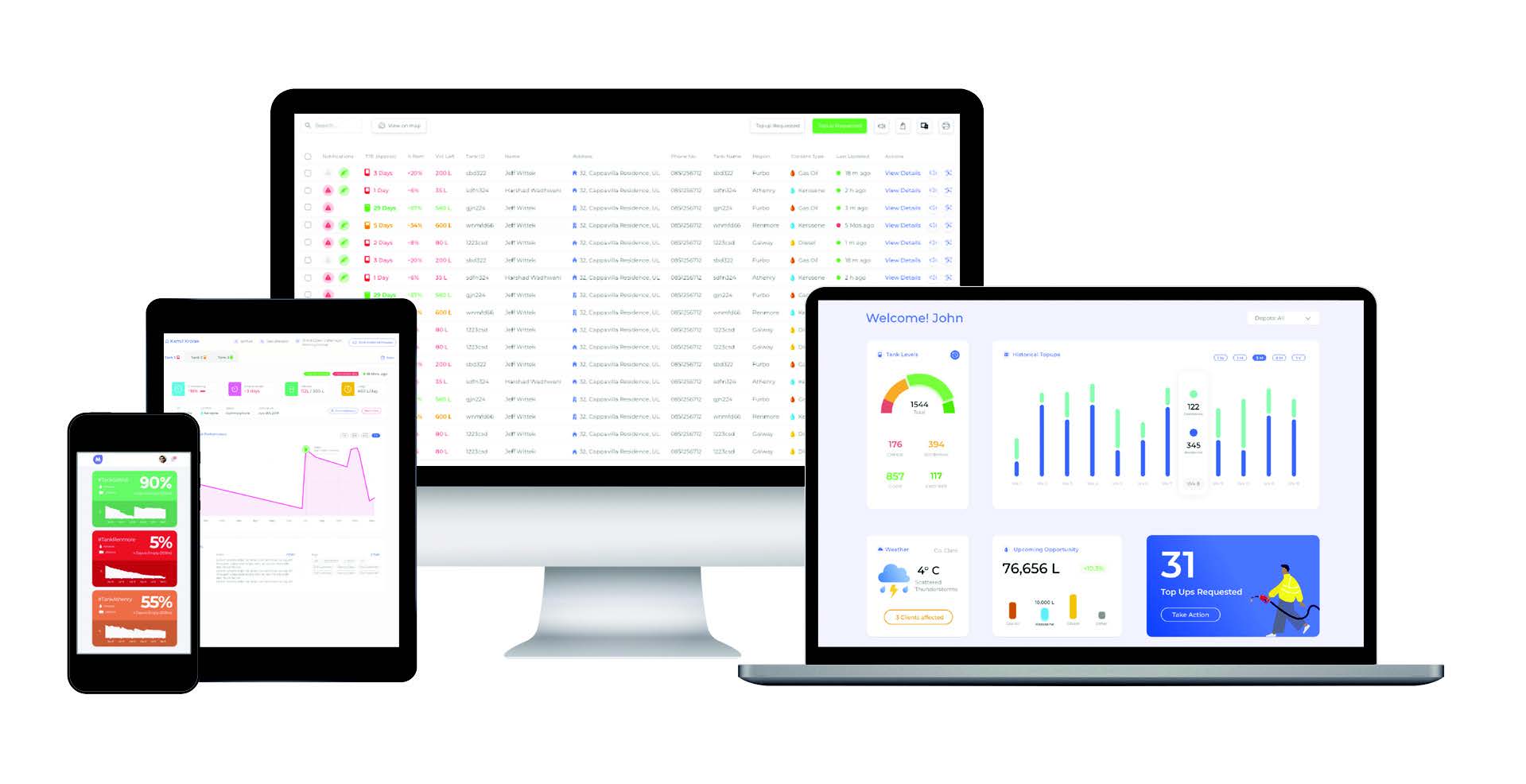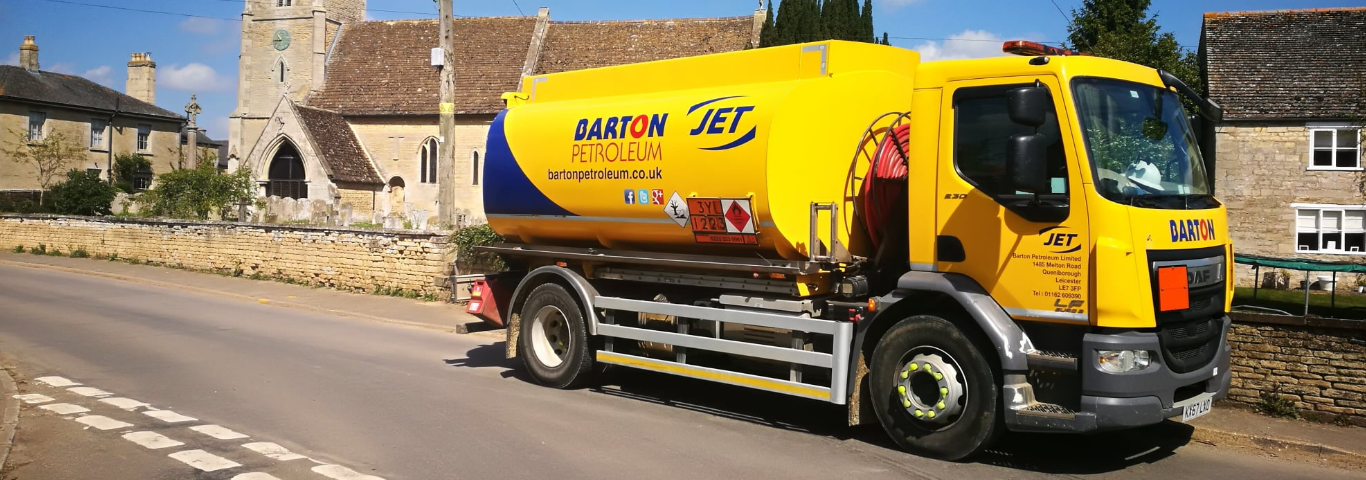Oil fired heating glossary
Whether you’re new to oil fired heating or have been using it for years, you’ve probably come across some techie terms that have bamboozled you along the way.
Here are a few we’ve explained for you in layman’s terms:
Balanced flue
A flue system designed by the boiler manufacturer. Typically supplied in kit form, balanced flue systems provide flexibility in flue termination, such as low/high level horizontal or vertical. Balanced flues also provide fresh air directly to the boiler to support combustion.
Bio-liquids
Bio-liquids are fuels manufactured from renewable sources such as used cooking oil, plants, seeds or animal fats grown and harvested specifically for making fuel. Bio-liquid may have 100% renewable content or be 100% renewable mixed with mineral heating fuels such as Kerosene or Gas oil to make what is commonly known as a “bio-liquid blend”.
Boiler SEDBUK efficiency
SEDBUK (Seasonal Efficiency of Domestic Boilers in the UK) is the average annual efficiency achieved in typical domestic conditions. All oil boiler models are independently tested.
Bund
An enclosure for containing a single skin tank. The bund prevents pollution in the event of an oil leak or spillage.
Combination boiler
A boiler designed to provide instantaneous hot water on demand, and heating.
Condensing boiler
Available as a regular boiler or combination boiler, condensing boilers are the most efficient type available. Such boilers help reduce heating bills and carbon emissions. In most regions, condensing boilers should be installed to meet with building regulations.
Cylinder thermostat
A switching device fitted to the domestic hot water cylinder that controls the temperature of stored water. The thermostat should be set to at least 60°C to prevent the formation of Legionella bacteria.
Flue termination
The point at which boiler exhaust gases are expelled from the boiler into open air.
Gas oil
Higher in viscosity (thicker) than Kerosene, a burning oil more suited to larger or non-domestic boiler installations. Also known as 35 second, Class D oil to BS 2869.
Integrally bunded tank
A factory-produced oil storage tank comprising a single skin tank enclosed in an outer bund. Integrally bunded tanks also have fitted lids to stop debris and rain water entering the bund area.
Kerosene
A light, low-sulphur and very clean burning oil suitable for use in most types of domestic oil heating and cooking appliances. Also known as 28 second, Class C2 oil to BS 2869.
Motorised valve
An electrically powered valve used to control where water leaving the boiler goes, that is, to provide heating or hot water. Valves are available which can do both.
Oil
Oil is the generic term for kerosene, gas oil and bio-liquids used as fuel for oil-fired appliances.
Open flue
A pipe that carries exhaust gases from a boiler. Open flues commonly use an existing chimney which should be lined to prevent brickwork absorbing exhaust gases. Unlike a balanced flue, an appliance connected to an open flue must be provided with a fresh air supply from outside of the building.
Plume management kit
An extension to a balanced flue system, these kits provide even more flexibility when having to avoid features such as doors, windows, etc.
Programmer
A programmer is a time-activated switching device that regulates when the boiler comes on for heating and/or hot water. They may be a simple time switche or have multiple functions to give greater control of the heating system.
Regular boiler
A boiler designed to heat water only. The heated water is then circulated around the heating system by external pump, valves, and controls on the system.
Room thermostat
A device that switches heating control equipment on and off according to the temperature set by the user. SEDBUK efficiency (see: boiler SEDBUK efficiency)
Single skin oil tank
The most basic form of oil tank comprising a steel or plastic skin which contains the oil. Often this type of tank would not meet regional building regulations.
Thermostatic Radiator Valves (TRVs)
These are valves which can be connected to individual radiators to provide temperature control local to the radiator. The fitting of TRVs in a dwelling allows areas such as bedrooms to be maintained at a lower temperature than living areas or the bathroom.
Zoning
Dividing the building into separate heating zones, each with independent time and temperature control.
Barton Petroleum offer a jargon-free heating oil delivery service, you can find out more by clicking here.



